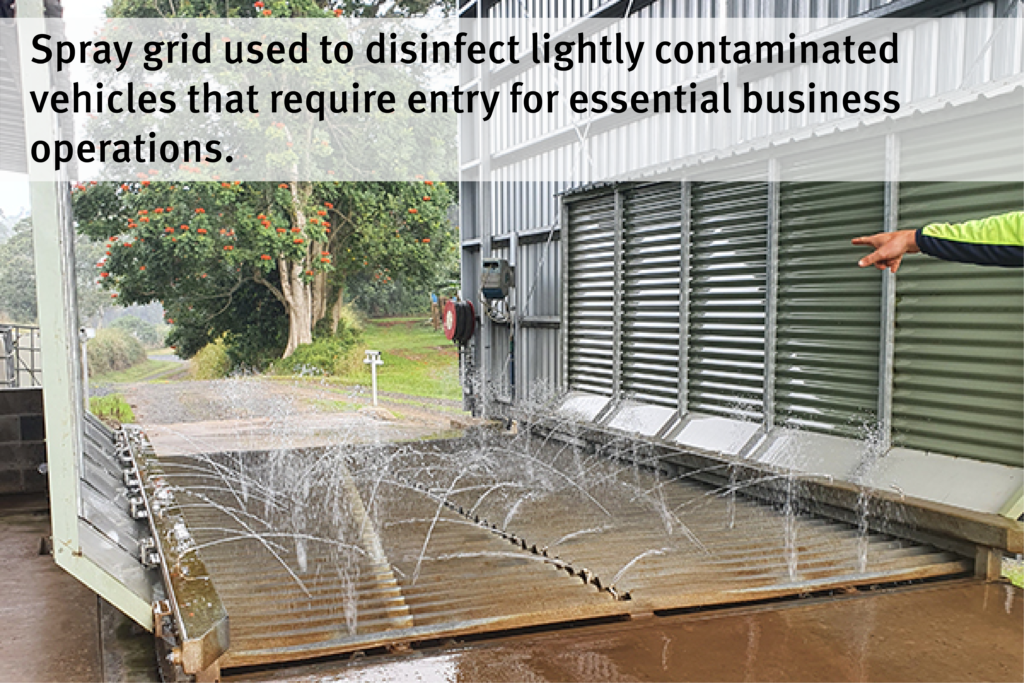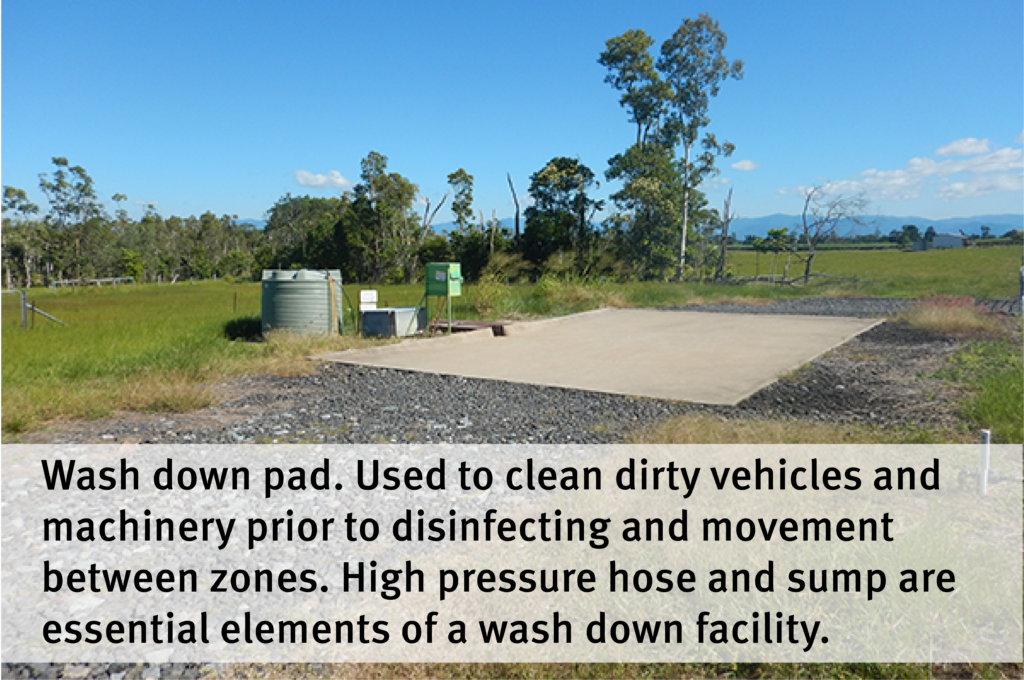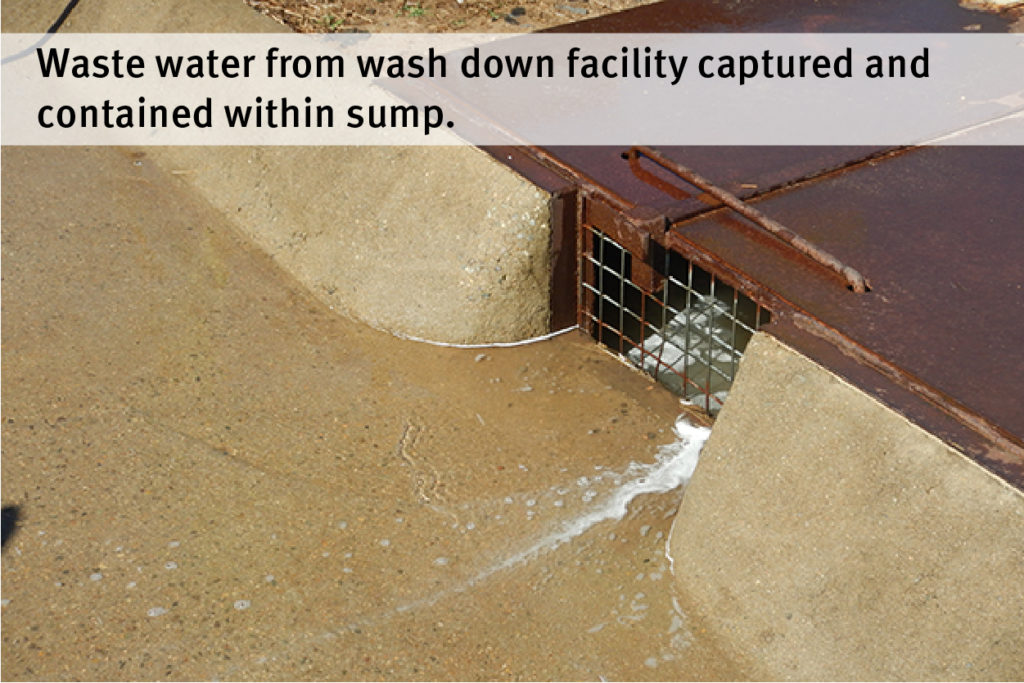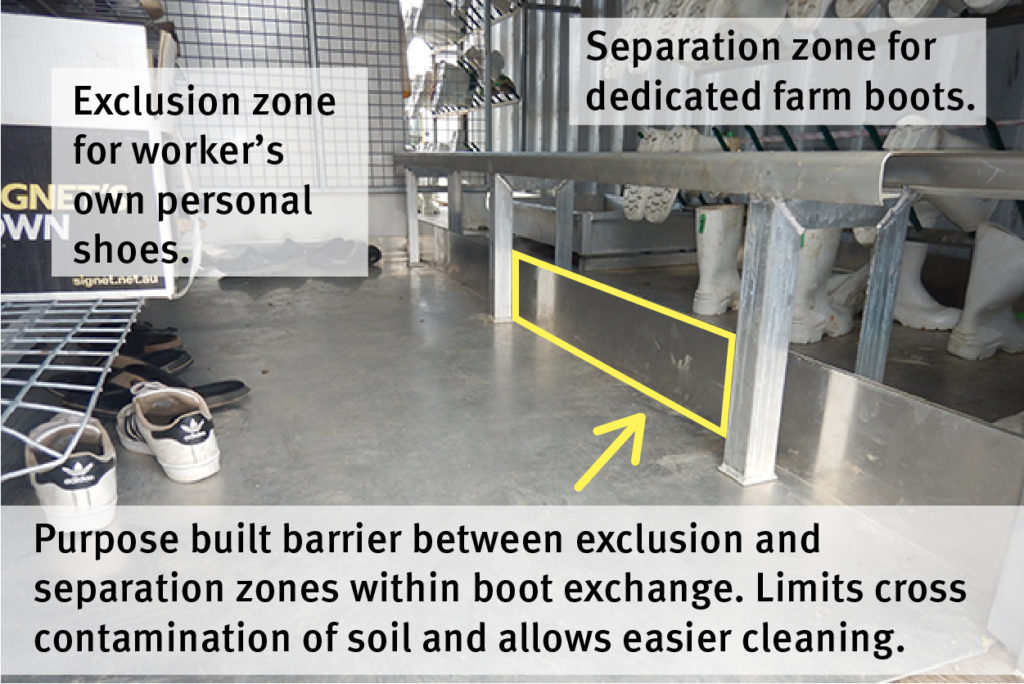Contributions by:
Sharl Mintoff1, Samantha Bond1, Chris Kelly1, Maxine Piggott1 and Jeff Daniells2
1Northern Territory Department of Industry, Tourism and Trade, Darwin, NT
2Queensland Department of Agriculture and Fisheries, South Johnstone, QLD
Latest update
Good parents produce better progeny.
Four parents with stellar TR4 resistance have been identified. This will assist international banana breeding programs to incorporate TR4 resistance into new varieties.
Sub-trial results (plant and first ratoon)
Disease assessments
Disease assessments were carried out fortnightly once external symptoms became apparent in a susceptible variety. Assessments included noting the appearance of external disease symptoms and internal symptoms at plant death or harvest.
Disease resistance was determined by scoring the level of disease in each variety then grouping them into one of the following categories:
Highly Resistant (HR) – No disease symptoms were observed within the crop cycle and may not show symptoms under high inoculum pressures.
Resistant (R) – Plants normally show no signs of infection in the presence of the pathogen. However, under high inoculum pressures low amounts of symptoms or losses may occur.
Intermediate (I) – Plants which can withstand some infection and suffer low losses under natural infestation conditions, with most completing their crop cycle. However, its susceptibility or resistance can be highly dependent on the inoculum pressure already present. With the appropriate crop management or environment to lower the inoculum levels, these should be commercially viable.
Susceptible (S) – More than 50% of plants show symptoms and/or killed due to pathogen infection.
Very susceptible (VS) – Majority of plants (more than 70%) showed severe symptoms, most of which died due to TR4.
Results
Highly resistant and resistant
The four parental lines – Inarnibal, M53, Manang, and Tjau Lagada, were highly resistant in both the plant crop and first ratoon, with no symptoms of TR4 infection. One of the Goldfinger plants (TR4 resistant reference) expressed disease symptoms resulting in the death of the mother plant, yet no disease symptoms were observed in the subsequent ratoon crop for the same plant or any of the other Goldfinger ratoon plants. Mild disease symptoms were observed for Pisang Bangkahulu
in the plant crop and this was repeated in the first ratoon.
Surprisingly, the two varieties, Sinwobogi and Pisang Sapon, made a major recovery – with no disease symptoms in the ratoon, compared to the plant crop where the disease was clearly prominent.
Intermediate
In the case of Formosana and Paka there was an increase in the number of diseased plants in the ratoon crop cycle, moving them into the intermediate category. Pisang Batu retained its intermediate rating whereas some improvement was observed in Pisang Madu where fewer diseased plants were noted in the ratoon crop cycle compared to its susceptible plant crop cycle.
Susceptible and very susceptible
The most susceptible lines were Heva and Nzumoheli, which were the most susceptible of the parental lines in both crop cycles, consistent with the Williams TR4 reference variety. Pisang Pipit showed an increase in disease symptoms in the first ratoon crop moving it into the susceptible category.
Table 1: Panama TR4 resistance ratings for the plant and ratoon crop cycles, with reference varieties in bold

HR = highly resistant, R = resistant, I = intermediate, S = susceptible, VS = very susceptible
The images below are representative resistance response in first ratoon plants exposed to Panama disease TR4. Most Williams plants died due to infection, whereas parental lines such as Inarnibal and Tjau Lagada showed little to no symptoms in their first ratoon.



Inarnibal, M53, Manang, and Tjau Lagada had no disease symptoms in the plant and ratoon crops. A few of the other lines also had reasonable levels of resistance. Identification of these resistant parental lines is very encouraging for international breeding programs and helps strengthen our linkages and access to their germplasm. When these results were shown to the breeding programs which use these lines they were very grateful:
• this provided CIRAD with – “…valuable information for planning better crossing schemes…”
• and from the breeding program of EMBRAPA (Brazil) “…Excellent news about the improved diploid – M53. He is the parent of many EMBRAPA hybrids…”
The information from this sub-trial could also be useful in identifying existing hybrid varieties bred from resistant parental lines to source and screen for TR4 resistance and general agronomic and market suitability.
Interestingly the varieties Sinwobogi and Pisang Sapon recovered from being symptomatic in the plant crop to exhibiting no disease symptoms in the first ratoon. A somewhat similar response was also noted in the main trial with CIRAD 06 and High Noon. Further study on this recovery phenomenon could be advantageous for identifying potential crop management strategies to mitigate disease severity in the field, particularly during the plant crop cycle.
This research has been funded as part of the project Improved Plant Protection for the Banana Industry (BA16001), which is funded by Hort Innovation, using the banana research and development levy, co-investment from the Department of Agriculture and Fisheries and the Northern Territory Department of Industry, Tourism and Trade and contributions from the Australian Government. Hort Innovation is the grower-owned, not-for-profit research and development corporation for Australian horticulture.



































































